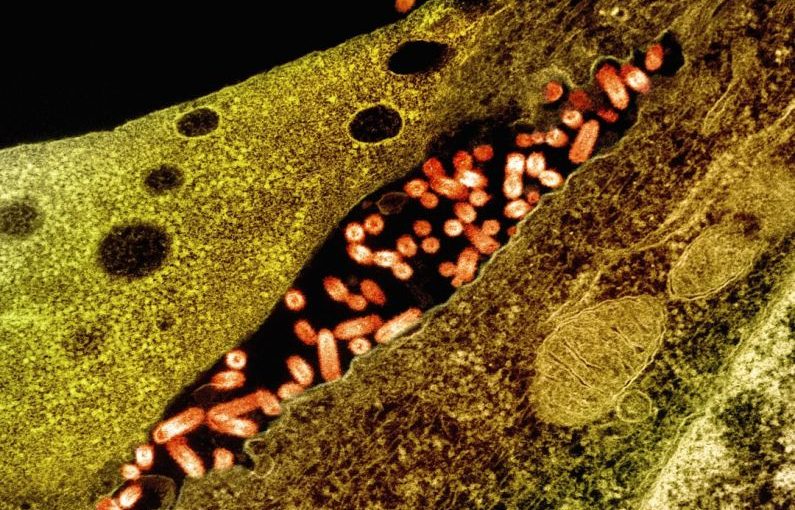Fishkeeping can be a rewarding hobby, but even the most experienced aquarists may encounter common fish diseases at some point. It is essential to be vigilant and proactive in recognizing and treating these conditions to ensure the health and well-being of your aquatic pets. By familiarizing yourself with the symptoms and treatments of common fish diseases, you can address any issues promptly and effectively.
Understanding Fish Diseases
Fish diseases can be caused by a variety of factors, including poor water quality, stress, inadequate diet, and pathogens. Identifying the underlying cause of an illness is crucial in determining the appropriate treatment. Some common fish diseases are easily treatable with simple remedies, while others may require more extensive care or veterinary intervention.
Recognizing Symptoms
One of the first steps in dealing with common fish diseases is being able to recognize the symptoms. Changes in behavior, such as lethargy or loss of appetite, can indicate that a fish is unwell. Physical signs like abnormal growths, discoloration, or fin damage may also point to a health issue. Additionally, observant fishkeepers may notice changes in swimming patterns or breathing difficulties that signal a problem.
Common Fish Diseases
Ich (White Spot Disease): Ichthyophthirius multifiliis, commonly known as ich or white spot disease, is a parasitic infection that manifests as white spots on a fish’s skin and fins. Infected fish may rub against objects in the tank or exhibit rapid gill movement. Treatment typically involves raising the water temperature and using medications specifically designed to combat parasites.
Fin Rot: Fin rot is a bacterial infection that causes the deterioration of a fish’s fins. Symptoms include frayed or ragged fins, discoloration, and tissue erosion. Maintaining good water quality, removing any affected fish to a quarantine tank, and administering antibiotics can help treat fin rot.
Swim Bladder Disorder: Swim bladder disorder affects a fish’s buoyancy and ability to swim properly. Symptoms include floating on one side, sinking to the bottom, or difficulty maintaining an upright position. Feeding a fish a diet high in fiber, adjusting water parameters, and providing peas as a natural laxative can aid in alleviating swim bladder issues.
Velvet Disease: Velvet disease, caused by the parasite Piscinoodinium pillulare, presents as a fine golden or rust-colored dust on a fish’s skin. Affected fish may exhibit rapid gill movement, labored breathing, and flashing behavior. Treatments for velvet disease include raising the water temperature and using medications to eradicate the parasite.
Preventative Measures
Preventing common fish diseases is key to maintaining a healthy aquarium environment. Regular water testing, proper filtration, and routine tank maintenance are essential in preventing the onset of illnesses. Quarantining new fish before introducing them to an established tank can help prevent the spread of diseases. Additionally, feeding fish a balanced diet and providing a stress-free environment can bolster their immune systems and reduce the risk of infections.
In Conclusion
Dealing with common fish diseases requires vigilance, knowledge, and prompt action. By familiarizing yourself with the symptoms and treatments of prevalent illnesses, you can effectively address any issues that arise in your aquarium. Remember to prioritize preventative measures to create a thriving aquatic environment for your finned companions.





